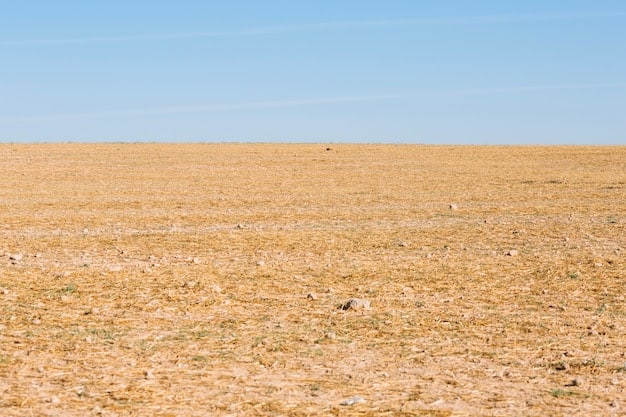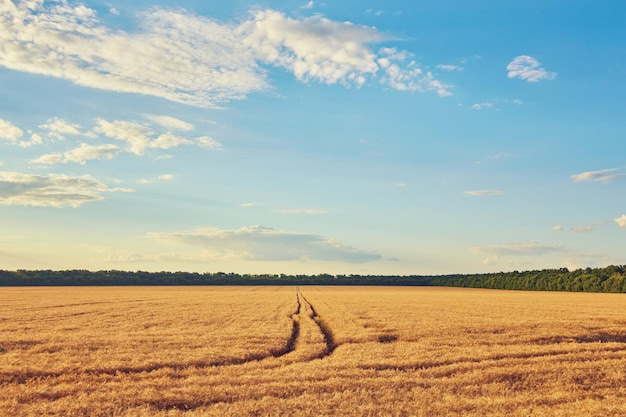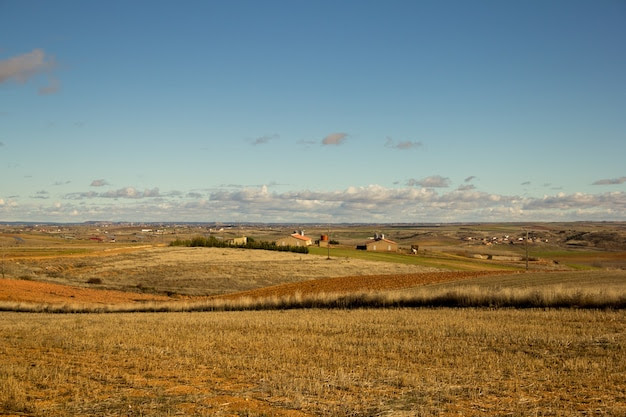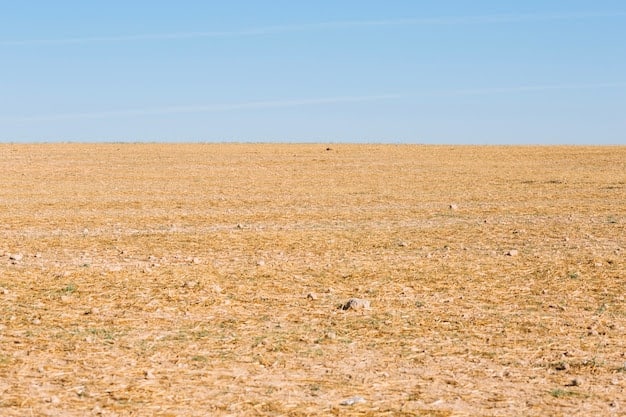
The agricultural world is strongly impacted by climate change and agricultural production supports more than one billion people. About 75% of the world’s poorest people live in rural areas and depend on agriculture. However, the current agricultural model is now threatened by climate change and changing water cycles: rainfall is increasingly erratic, and droughts and floods are increasingly intense.
Today, more than one billion people live on degraded agricultural land. Reduced rainfall in arid and semi-arid areas threatens the production of many farmers.
According to studies conducted by the World Bank, the Sahel region is particularly affected by these abnormal drought episodes. Rising temperatures, the absence of precipitation at certain times and unexpected flooding at others, force people to find other methods of farming or to move. These upheavals can sometimes be a source of conflict between populations.

With more than 2 billion people around the world suffering from food insecurity, climate change risks making the situation worse. In South-East Asia, the World Bank warns of the risk of rising waters that would endanger rice production in the region.
Rising sea levels threaten the Mekong Delta, which accounts for nearly half of Vietnam’s agricultural production. Without immediate action to combat climate change, sea level is likely to rise by 30 cm by 2040 and cause a decline of about 12% in agricultural production.
Natural disasters such as fires, floods, storms, in 2019, nearly 24 million people had to move because of weather disasters. Major forest fires caused by intense heat waves have destroyed biodiversity and crops in countries such as Australia and the United States.

In 2050, the World Bank estimates that an additional 143 million people in sub-Saharan Africa, South Asia and Latin America could be internally displaced due to global warming consequences such as water stress, crop failures, or rising sea levels.
Forced to leave their land, many residents decide to take refuge in the city to find new sources of income. Urban density is already high in many cities and finding housing is often complicated. The poorest populations must then resign themselves to settle informally in slums or along rivers, making them all the more vulnerable to environmental risks such as rising waters.
In Asia, rising sea levels threaten all populations living at low and medium altitudes. Forced departures are expected in countries such as India or in the cities of Manila, Jakarta or Shanghai whose half of the surface could be covered by water in 2100. By 2050, 300 million people will be threatened by rising sea levels.




